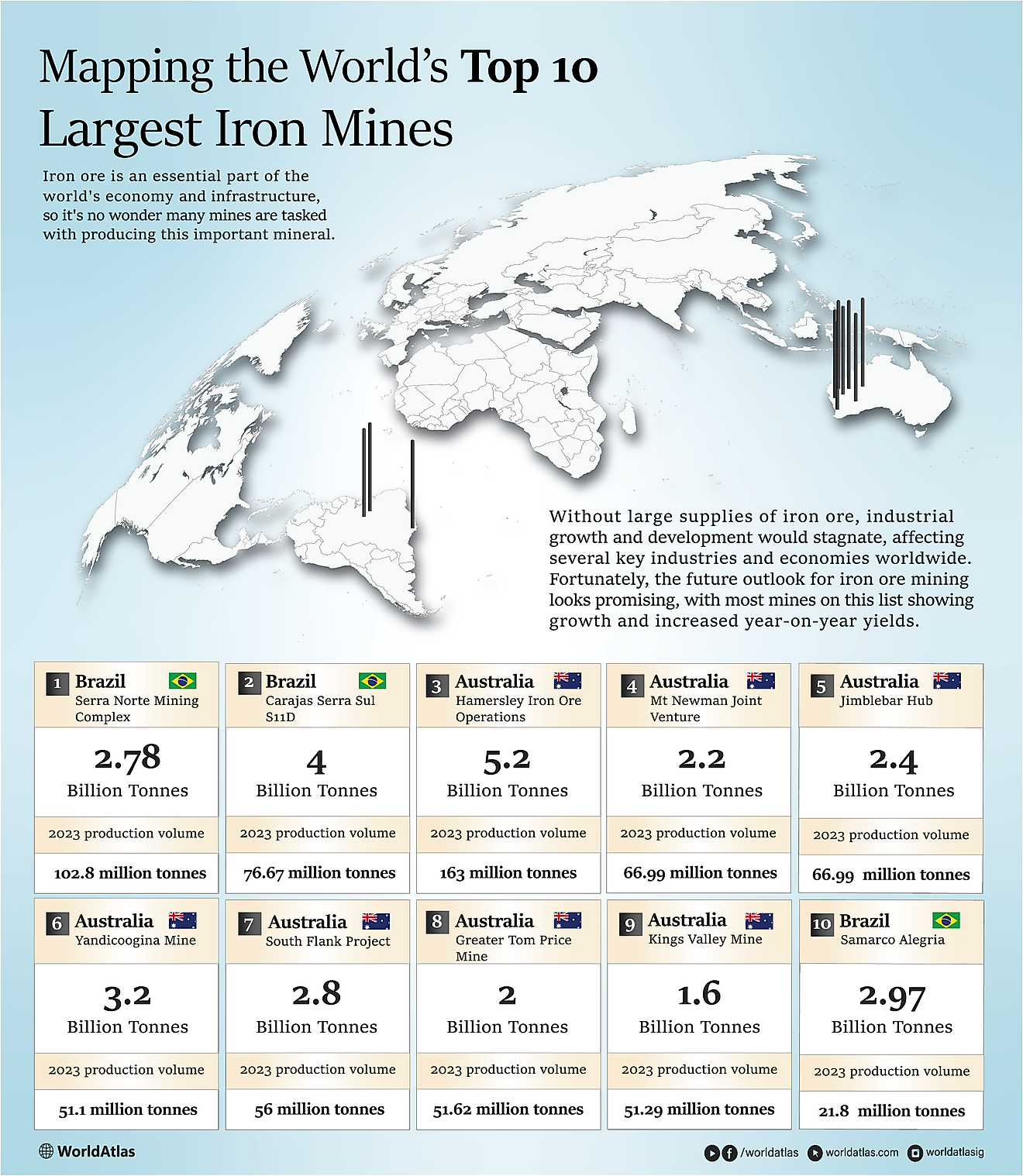What is the Geary–Khamis Dollar?

What is the Geary-Khamis Dollar?
The Geary-Khamis Dollar, also known as the International Dollar, emerged in the 1970s as a fictional currency unit with the same purchasing power parity (PPP) that the currency of the US (USD) had at a particular point in time. It is commonly used by the World Bank and the International Monetary Fund to determine the Purchasing Power Parity (PPP) in different countries as well as exchange rates. The Geary-Khamis Dollar is widely referenced in economics.
History
The concept of the Geary-Khamis Dollar was the brainchild of Roy C. Geary, who proposed it in 1958. Geary was an Irish statistician who, apart from the Geary-Khamis Dollar, was also the brain behind Geary’s theorem, and Geary’s C. It was expounded by Salem Hanna Khamis, a Palestinian/British economist between 1970 and 1972. The Geary-Khamis Dollar has become popular because it enables comparisons of standards of living between nations.
Concept
Exchange rates are commonly used to compare currencies, but they do not reflect the Purchasing Power Parity or prices of goods in a particular country. The international dollar addresses this by reflecting the average commodity prices or PPP in each country in order to compare the currency values of different nations. For comparisons done over the years, a benchmark year, generally 1990 or 2000, is used. The International Dollar has become the preferred choice for global monetary organizations for comparing wealth and individual earnings between countries. It reflects the value a local currency unit has in the country’s borders. By expressing the gross domestic product (GDP) of countries in International Dollars, it becomes easy to compare standards of living. Values expressed in Geary-Khamis Dollars are not converted to another nation’s currency based on the current market exchange rates but rather, the country’s PPP exchange rate which was used in the study.
Conversion to International Dollars
The conversion of a nation's currency to International Dollars involves dividing the value of the national currency by the set PPP exchange rate. PPP exchange rates are determined by several global organizations such as the World Bank and the IMF. The PPP exchange rate is some units of a nation’s currency necessary to purchase a similar amount of goods and services in the local market as the US Dollar would buy in the US.
Importance of the International Dollar
The majority of the world's nations have currencies which circulate in their economies and report various statistics. Comparing the output of different countries based on their individual currencies is a hard task thus necessitating the need for a common currency. The International Dollar enables comparisons between outputs of various countries. This common currency is needed as currency rates are always manipulated. The Geary-Khamis Dollar gives investors and other stakeholders the necessary information on the economic situations of different countries in the world, and it also sheds light on the Purchasing Power Parity (PPP) differences. Developing countries have been identified as having higher PPP values.











